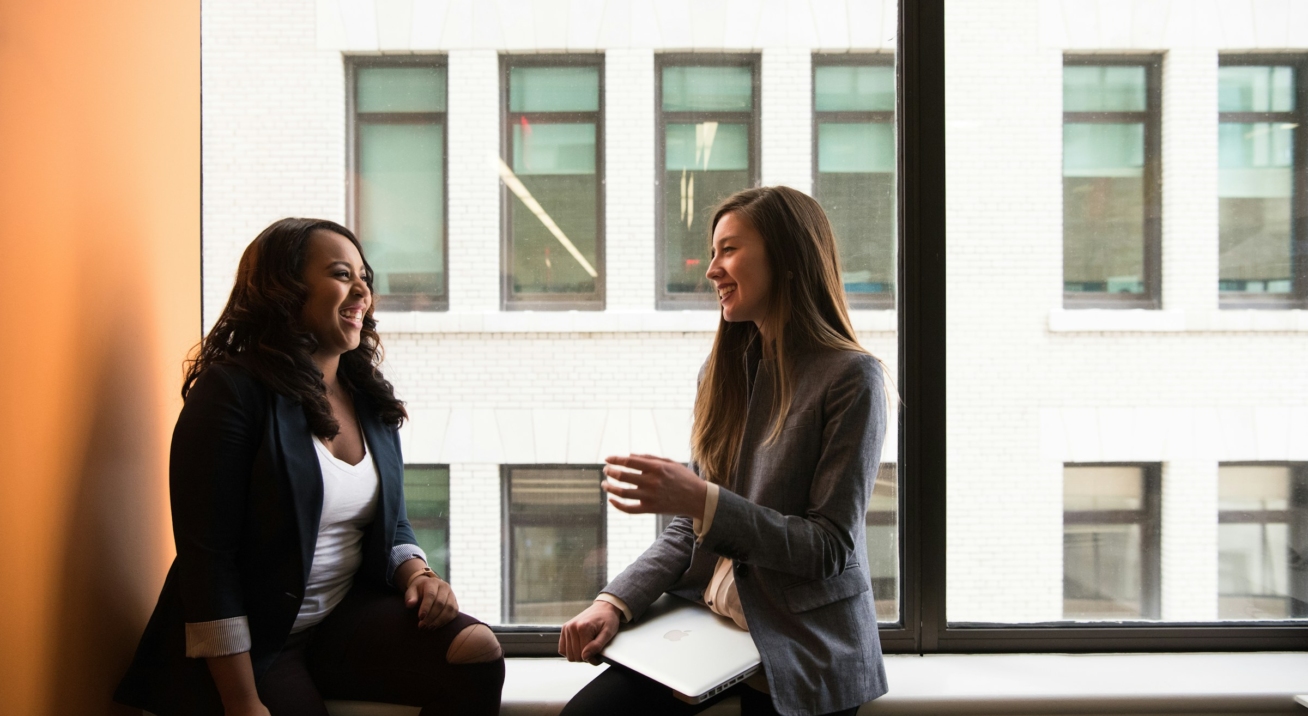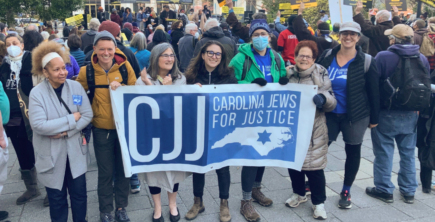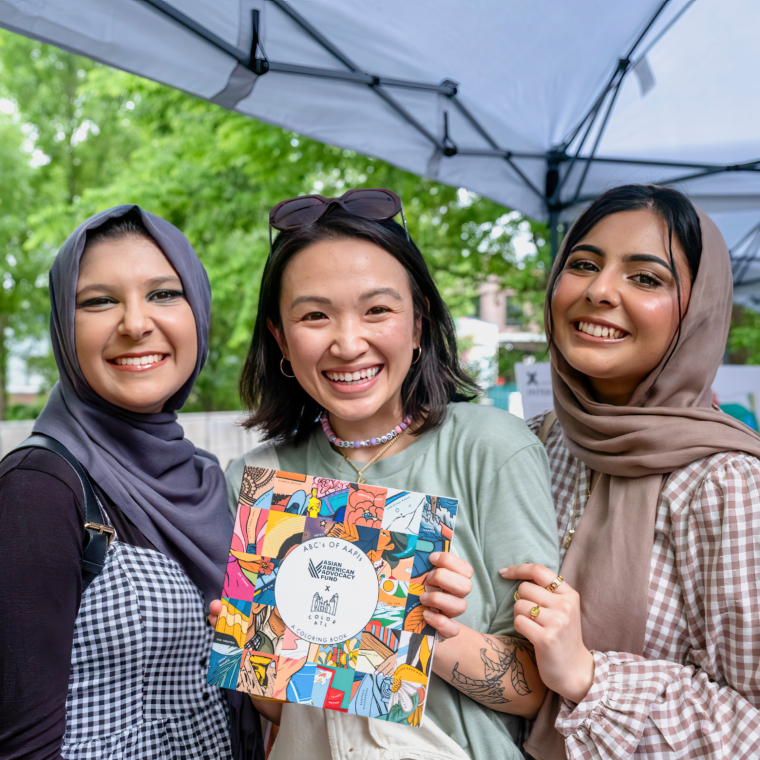
Healthy Individuals & Communities

It’s easy to lose sight of the meaning behind the word “philanthropy” — to love humanity — in favor of maintaining control, power, and reputational safety. As a strategist who works closely with both donors and organizations, I’m thrilled to see efforts like trust-based philanthropy gain significant traction. That’s why it was so refreshing to see “love” emerge as an unofficial theme throughout this year’s Grantmakers for Effective Organizations (GEO) Conference.
Since the conference, my team and I have been reflecting on the examples we heard about what it means to turn love into practical action. Here are six questions we developed that philanthropic organizations can ask ourselves, in order to show more love to the nonprofits and communities we work with:
We would never introduce our spouses, friends, or loved ones by naming their challenges or by challenging their experiences, but our conversations with nonprofits often start with a request for problem statements and needs assessments. Trabian Shorters, who developed the concept of asset framing, challenged GEO attendees to rethink this approach and instead focus on what we love about the people and communities we support. Instead of perpetuating unhelpful biases about impacted communities, Shorters proposes uplifting their strengths and focusing on the solutions they present. A transactional, imbalanced relationship doesn’t foster the trust, respect or collaboration characteristic of a successful partnership. Show up to the table with love instead.
Funders can’t be risk averse and transformative. This was the message from internationally acclaimed performance artist and public speaker Alok Vaid Menon. When we fear the “what ifs” in pursuing the bold goals in our mission statements, we break trust with the organizations and communities we need to achieve those goals. This fear hinders our ability to build the necessary partnerships for success.
Many hard-won gains for racial justice, LGBTQIA+ rights, and reproductive freedom are under attack. As funders, we must use our position and privilege to stand as unwavering allies in support of the communities being harmed. Let’s prioritize the relationships and reputations we have with our grant partners over the opinions of those who seek to foster division and hate.
EMA Foundation and The Giving Practice shared how they are applying Community Philanthropy principles in their work. This approach takes a more holistic look at the assets, capacities, and trust held by both funders and nonprofits, and uses those resources to create mutually beneficial opportunities and shared impact.
Tides took a similar path with a corporate funder wanting to connect more directly with the communities at the heart of their work. We started with interviews of internal stakeholders and grant partners and facilitated several asset mapping exercises. We identified existing connections, activities, and knowledge that could be used in creative ways. The final strategy focused on deeper partnerships with existing grantees, who already know the community and can provide insights, support trust building, and create new connections to benefit all parties.
Both funders and nonprofits hold valuable resources, knowledge, and connections. Working together to co-create new opportunities to use these assets to meet shared goals is powerful in moving relationships from transactional to transformational.
The conference included conversations about healing. During the opening plenary, Dr. Bob Ross, the outgoing President and CEO of The California Endowment, called on philanthropy to “repair her faults,” and Grisanti Avendaño of Yo! Cali encouraged more support for healing justice work. Nadia Brigham and leaders from the Essie Justice Group, Astraea Lesbian Foundation for Justice, and Cihuapactli Collective spoke about fostering cultures of care within self, organizations and communities to more effectively support the individuals and missions at the forefront of change movements. The message was clear that healing should be at the center of our strategic frameworks, rather than on the fringes.
Soliciting and acting on feedback is one of the principles of trust-based philanthropy, but what does it mean to really listen? Speakers from ProInspire and Native Americans in Philanthropy led a workshop that explored the different cultural practices around listening. They defined it as a process of being changed.
When Tides facilitates listening sessions with our funder partners, the learning often starts before any grantee partners or community members enter the room. We take a step back to talk about what it means to engage authentically, to acknowledge different types of expertise and ways of knowing. We prepare so we are open to the gifts of what those sharing space with us bring to the conversation, whether or not it fits the learning agenda. When done well, listening can be a transformative experience both for those listening and those being heard.
As bell hooks states in All About Love, “there can be no love without justice.” In many ways, love (and justice) are about accountability. Accountability in philanthropy is historically top down and used as a tool of power or control. The focus is typically on how nonprofits receiving funding maximize their budgets and impact, rather than on the behaviors, spending and impact of foundations. Fortunately, the conversation is shifting. The GEO conference offered multiple sessions that focused on funder transparency and community-driven approaches to measuring success.
Seeing nonprofits as critical thought partners and drivers of funder strategy is critical to shifting power to the leaders and communities most impacted by the systems we want to change. This is why Tides anchors our approach to strategy and program development in the perspectives and expertise of nonprofit and community leaders. We ask how they would define success and what it will take to achieve that. Then we co-design initiatives rooted in their vision and solutions, alongside the needs and parameters of the funder. We build in and encourage proactive and candid communication about how contributions are being incorporated (or not).
Funders and nonprofits depend on each other to create meaningful change. Shifting and sharing accountability supports a more collaborative path to achieving shared goals.
We hope you enjoy exploring these questions within your organization, as a starting place for an on-going process of listening, learning, and loving better. Contact us to learn more about how Tides supports funders to build more meaningful connections with the communities and nonprofits they serve.

Healthy Individuals & Communities

Our Community

Philanthropy

Read the stories and hear the voices of social change leaders fighting for justice.